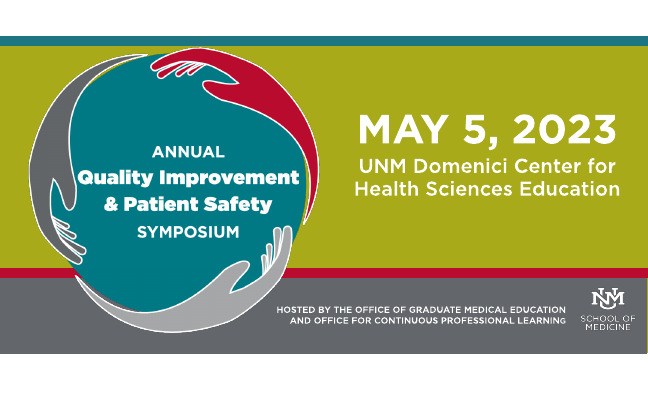Document Type
Poster
Publication Date
3-6-2020
Abstract
Background:
According to the 2019 Press-Ganey survey results, UNMH ranks low on overall patient satisfaction compared to peers within the University HealthSystem Consortium. Poor patient satisfaction with quality of food at UNMH (6th percentile) is likely a significant contributor to this problem. With the intent to improve patient satisfaction, our group aimed to identify and evaluate modifiable components of the meal experience as a first step in implementing simple, cost-effective interventions.
Methodology:
Anonymous surveys were created in RedCap and conducted electronically on 2-3 days per week over a 2-month period on two adult progressive care units at UNMH. Survey questions assessed frequency of menu distribution upon admission to the floors, patients’ usage of the menus for their breakfast, lunch, and dinner meals, diet orders, satisfaction of meals, and suggestions for improvement. Rating scales for patient satisfaction with meals used a 0 to 10 scale, with 0 being the worst possible meal and 10 being the best possible. Differences in satisfaction between differing diet types and meal times were compared using confidence intervals and two sample t-tests for means comparison using SAS 9.4.
Results:
Surveys were collected from 103 hospitalized patients (50 from 4W, 53 from 5W). Overall, patients rated the quality of breakfast at 6.5 (95% CI 6-7), lunch at 6.4 (95% CI 5.9-6.9), and dinner at 6.3 (95% CI 5.7-6.8). In total, 37% of patients reported being given a menu during their stay (34% on 4W, 40% on 5W). No statistically significant differences in meal satisfaction were found between floors, comparing regular diet to non-regular diet recipients, or between patients that were offered a menu to order their food versus those that were not. The quality of breakfast for patients on diabetic diets (5.5) was rated significantly lower than the breakfast quality of non-diabetic diets (6.8) (p=0.02). Meals most frequently reported to be particularly good included chicken (18), enchiladas (6), and hamburgers (5). The most frequently reported to be particularly bad included eggs (15), chicken (9), and meatloaf (7).
Conclusion:
Our preliminary results inform targeted strategies at improving meal experiences for patients at UNMH. That only 37% of patients are receiving a menu indicates significant room for improvement through a cheap, simple, and potentially effective intervention: routine menu distribution. Additionally, patient reports on food quality and taste supply useful information for improving meal satisfaction, particularly in diabetic breakfast trays. Next steps include routine menu distribution into patient welcome packets at time of admission, feedback of survey results to the kitchen, followed by a subsequent round of 100 surveys to determine whether menu distribution is routinely occurring and to assess for improvements in patient satisfaction with meals.
Recommended Citation
Barlas, Venus; Diane Sun; Alexandra Mang; Tomas Escalona; Matt Whicker; and Jens Langsjoen. "Increasing patient satisfaction with hospital meals through cost-effective interventions." (2020). https://digitalrepository.unm.edu/hsc_qips/3


Comments
Presented at the University of New Mexico Health Science 2020 Annual Quality Improvement and Patient Safety Symposium